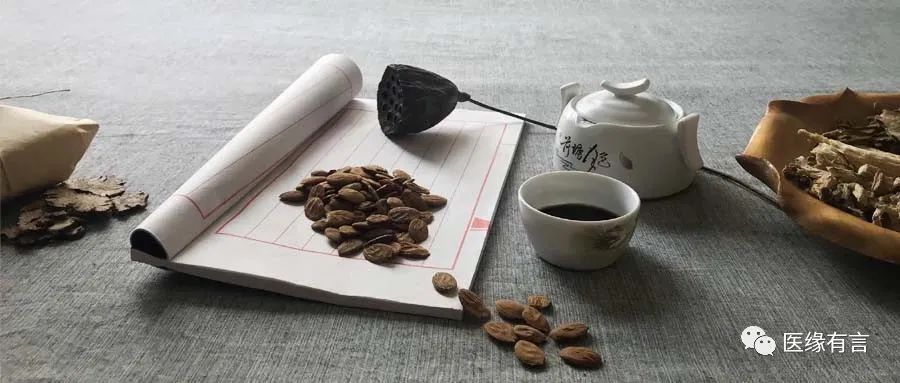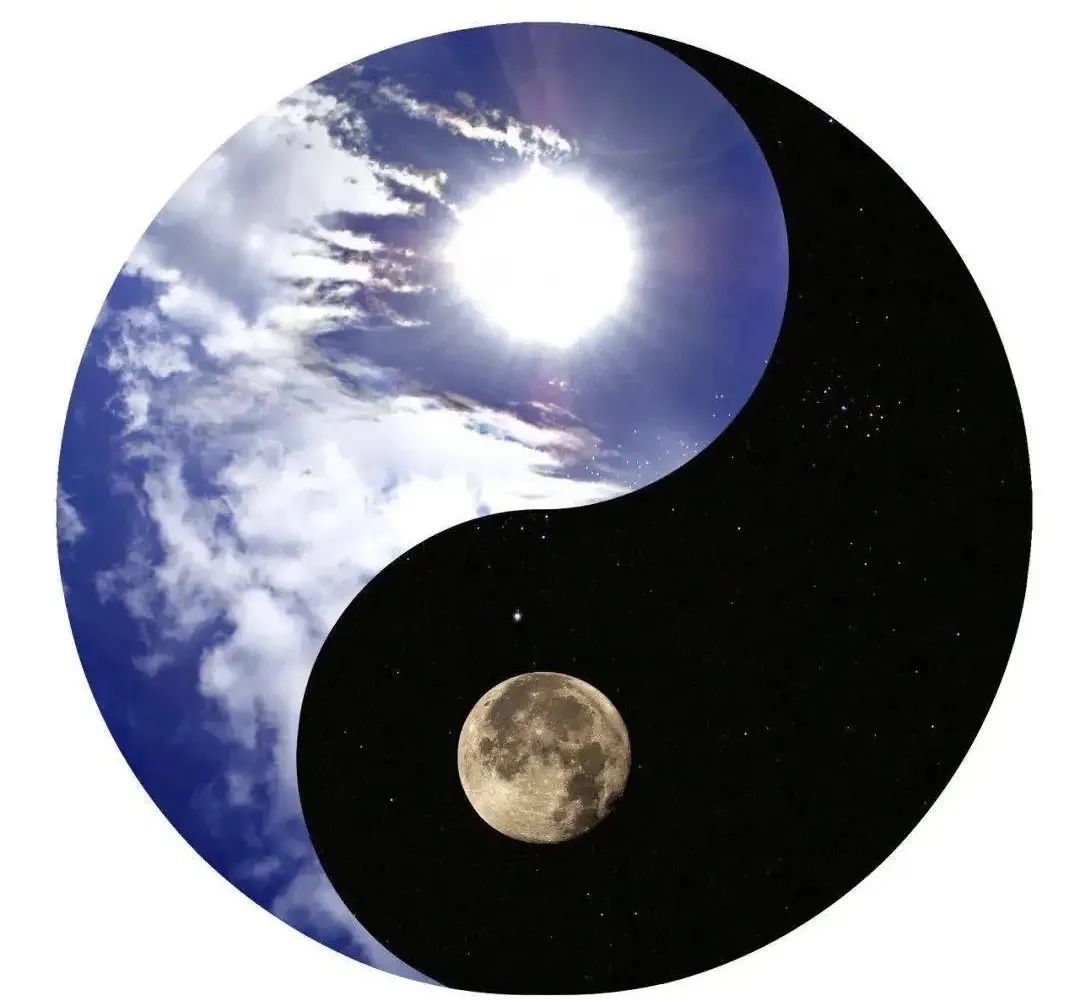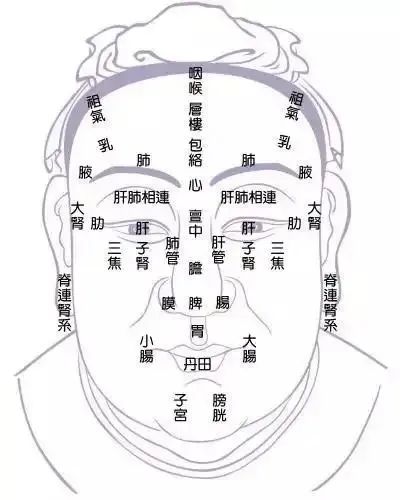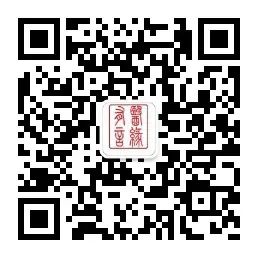
Click the blue text to follow us


TCM Popular Science | Opinions may be controversial, content is for reference only

Written by | Anonymous Editor | Kongzhi
05 Nurturing the spirit, balancing work and rest, following the heart’s desires
1. Understanding the Eight Principles: Yin-Yang and Deficiency-Excess
In our discussions about TCM, we often encounter certain terms. Although I try to avoid using specialized vocabulary, hoping to relate these diseases to everyday life, some terms inevitably sound difficult to understand.
TCM is fundamentally a culture, encompassing habits, medical practices, concepts, values, and more. Today, we merely categorize TCM as a medical school, significantly narrowing its application scope.
Thus, when we revisit TCM, it becomes quite cumbersome, as many concepts may be unclear. As a cultural practice, it has long been neglected.
Yin-Yang, Cold-Heat, Deficiency-Excess, Interior-Exterior—these eight terms represent the “Eight Principles”. Using these eight aspects to differentiate disease syndromes helps determine the diagnosis, etiology, and pathogenesis, which is the essence of the Eight Principles differentiation.
The term ‘principle’ refers to the main string of a fishing net, the guiding thread that holds the net together.
Therefore, the Eight Principles serve as the guiding thread of TCM’s vast net. Specifically, what do these eight terms mean?

Yin-Yang
Yin-Yang is a simple yet profound skill developed by ancient Chinese people to understand the world in an era of limited information. Yang represents the sun; Yin represents the moon. All things associated with the nature of the sun are Yang, while those associated with the nature of the moon are Yin.

What is the sun? We can describe it using our imagination as vividly as possible: bright red, fiery, high, enthusiastic, warm, uplifting, lovely, joyful… The properties we can describe in Chinese language about the sun are: it is Yang.
What is the moon? We can also describe it using our imagination, including phrases like “suspected frost on the ground” and “the bright moon rises over the sea.” For example, it is dark, cold, lowly, calm, passive, chilly, downward, detestable, sorrowful… All properties associated with the moon are: it is Yin.
Yin and Yang cannot be discussed separately; they are always relative and form a pair of opposites. For instance, “Is water Yin or Yang?” It depends on what it is compared to. Compared to fire, it is Yin; compared to ice, it is Yang. Rainwater, which comes from the sky, is Yang water, while well water from underground is Yin water. This means it is always relative.
For example, if a person stands before us, with a high nose bridge, thick lips, a red face, big eyes, and a thin face, with a loud voice and a brisk walk, this person is a Yang person.
High, thick, red, big, loud, fast—these are all attributes of Yang. This is a Yang person, relative to whom? To someone we imagine with a low nose bridge, dark complexion, small eyes, a round face, a low voice, and a slow demeanor.
This Yang person tends to be more Yang in their actions and character, and when ill, they are more likely to have Yang diseases.

On the other hand, the Yin person, with a low nose bridge, thin lips, pale face, small eyes, and a round face, with a voice like a mosquito and a demeanor of fatigue, is a Yin person.
Low, thin, pale, small, round, weak, tired—these are all attributes of Yin. This person tends to be more Yin in their actions and character, and when ill, they are more likely to have Yin diseases.
Of course, many people exhibit both Yin and Yang characteristics. For instance, they may have a low nose bridge but big eyes, and a loud voice, etc. This is determined by whether they exhibit more Yin or Yang traits, based on their overall temperament.
Moreover, in TCM observation, it is not only important to look at the innate features of the five organs but also to observe the current state of the facial qi, assessing the vitality and spirit.
Thus, in TCM diagnosis, the first step is to differentiate Yin and Yang.
When a person stands before us, we first identify their Yin and Yang, both in terms of their constitution and their illness. This is done through the four examinations: observation, listening, inquiry, and palpation to determine a person’s Yin and Yang condition.

Deficiency-Excess
Deficiency syndrome refers to the deficiency of the body’s Yin-Yang, Qi-Blood, Body Fluids, and Essence, while the pathogenic factors do not invade, manifesting as various syndromes characterized by insufficiency, relaxation, and decline.
Excess syndrome refers to the invasion of external pathogenic factors or the imbalance of Yin-Yang and Qi-Blood during the disease process, leading to the accumulation of pathological products within the body, characterized by excess, exuberance, and stagnation.
What causes the changes in the body’s deficiency and excess?
From the perspective of etiology, there are external causes, internal causes, and neither internal nor external causes. External causes mainly refer to external pathogenic diseases, which arise from insufficient protection against wind, cold, heat, dampness, dryness, and fire; internal causes mainly refer to internal injuries caused by diet and emotions; neither internal nor external causes refer to diseases caused by overwork and emotional distress.
These aspects can trigger changes in the body’s deficiency and excess.
What is Yin deficiency? What is Yang deficiency? What is both Yin and Yang deficiency? What is Yin excess?
Let me illustrate with an example. When we make dumplings, we need to knead the dough, with a ratio of flour to water of 2.5:1. White flour is a solid, which is Yang; water is a liquid, which is Yin.
(1) If the amount of flour is normal but there is too little water, the dough becomes hard, which is Yin deficiency;
(2) If the amount of water is normal but there is too little flour, the dough becomes soft, which is Yang deficiency;
(3) If there is insufficient flour and insufficient water, the dumplings are made, which is both Yin and Yang deficiency;
(4) If both water and flour are insufficient, and you add dirt and alcohol, ruining the dough, this is Yin excess. Yin excess refers to conditions like cancer, where it is no longer as simple as flour and water, but has transformed into a tumor.

TCM is a discipline that observes external signs to infer internal conditions. By examining external signs and symptoms through observation, listening, inquiry, and palpation, one can determine the Yin-Yang changes in the organs.

Clinical Manifestations of Yang Deficiency
Characteristic manifestations of Yang deficiency include: aversion to cold, cold limbs, a bland taste with no thirst, preference for warm drinks, spontaneous sweating, clear and prolonged urination or difficulty urinating, thin stools, pale complexion, pale and swollen tongue, white and slippery coating, and a deep, slow pulse (or thin and rapid). It may also include symptoms of Qi deficiency such as fatigue, weakness, and shortness of breath.
Clinical Manifestations of Yin Deficiency
Characteristic manifestations of Yin deficiency include: emaciation, dry mouth and throat, lack of appetite, flushed cheeks, five hearts heat, night sweats, short yellow urine, dry and hard stools, red tongue with little moisture or coating, and a thin, rapid pulse.
From the perspective of the organs, the details of differentiating the deficiency and excess syndromes vary among different organs.
For example, lack of appetite indicates stomach Yin deficiency, night sweats indicate kidney Yin deficiency, aversion to cold indicates stomach Yang deficiency, and loose stools indicate spleen Yang deficiency, etc.
Next, we will continue to explore the Eight Principles differentiation of Cold-Heat and Interior-Exterior.
Previous Issues
TCM Popular Science | Diabetes (Part 1): Diabetes is a Major Issue
TCM Popular Science | Diabetes (Part 2): Both Yin and Yang Deficiency
TCM Popular Science | Diabetes (Part 3): Kidney Yin Deficiency
Step into Traditional Chinese Medicine,
Appreciate TCM culture,
Learn TCM thinking,
Utilize TCM methods.

Appreciate traditional culture
Wisdom for a healthy life


WeChat ID:
ontime20201112

